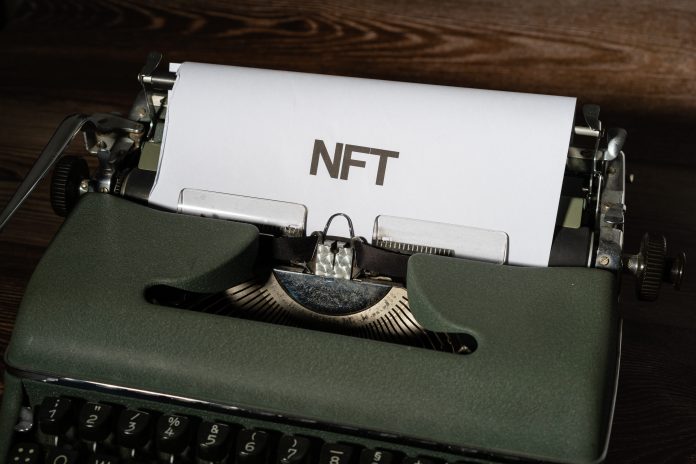Non-fungible tokens (NFT) massively came onto the global financial scene last year, with celebrities the world over purchasing a stake in the growing trend.
Despite their growing interest across investors, there are still huge challenges around money laundering with NFTs.
In a recent post by Alessa, the company explained more about money laundering in the NFT space and how to deal with it.
Alessa said, “While AML regulations focused on cryptocurrency and NFT money laundering are in the early stages of development, businesses involved in buying and selling NFTs should be aware of the risks and the AML strategies available to combat them.”
NFTs are tokens stored on a distributed blockchain ledger and are similar to crypto tokens, however, they differ in that each NFT is unique and includes information connecting it to an asset stored outside the blockchain.
The tokens are minted by software running on the blockchain network and sent to a blockchain address. Only those with access to private cryptographic keys associated with that address can send the token to a different address.
Alessa quipped, “The NFT market is driven by the desirability of digital tokens, which depends on the popularity of the associated artwork or asset, making prices highly volatile and largely subjective.”
The market grew rapidly in 2021. In September of that year, the primary and secondary NFT art market was worth around $880m, with the secondary market representing 80% of the total value.
What qualities make the tokens attractive to money laundering? Alessa cited pseudonymous trading, open access, being highly mobile and subjective pricing as key qualities.
Alessa remarked that money laundering aims to legitimize money with illegitimate origins, and NFTs can contribute to that process.
The company explained that one common NFT money laundering technique is a form of wash trading, where someone buys an NFT they already own using different private keys. A launderer buys a low-priced token using one set of cryptographic keys. They or a trusted third party then rebuys it using criminal proceeds with different keys, creating a sale record and demonstrating a legitimate source for their money. They then sell the NFT to an unsuspecting buyer. If the launderer is careful, connecting both sets of keys to the same individual is almost impossible.
Alessa concluded, “A business concerned that it may face regulatory risk from NFT money laundering should implement processes to comply with AML. Financial institutions dealing with this novel form of currency should add NFT management to current compliance risk assessment, applying a risk-based approach to crypto and NFT AML compliance.
“This includes implementing processes used to combat the financing of terrorism (CFT), and sanctions regulations, including identity verification, Know Your Customer (KYC) processes, and transaction monitoring.”
Read the full post here.
Alessa recently named Holly Sais Phillippi as its new chief executive officer.
Copyright © 2023 FinTech Global











